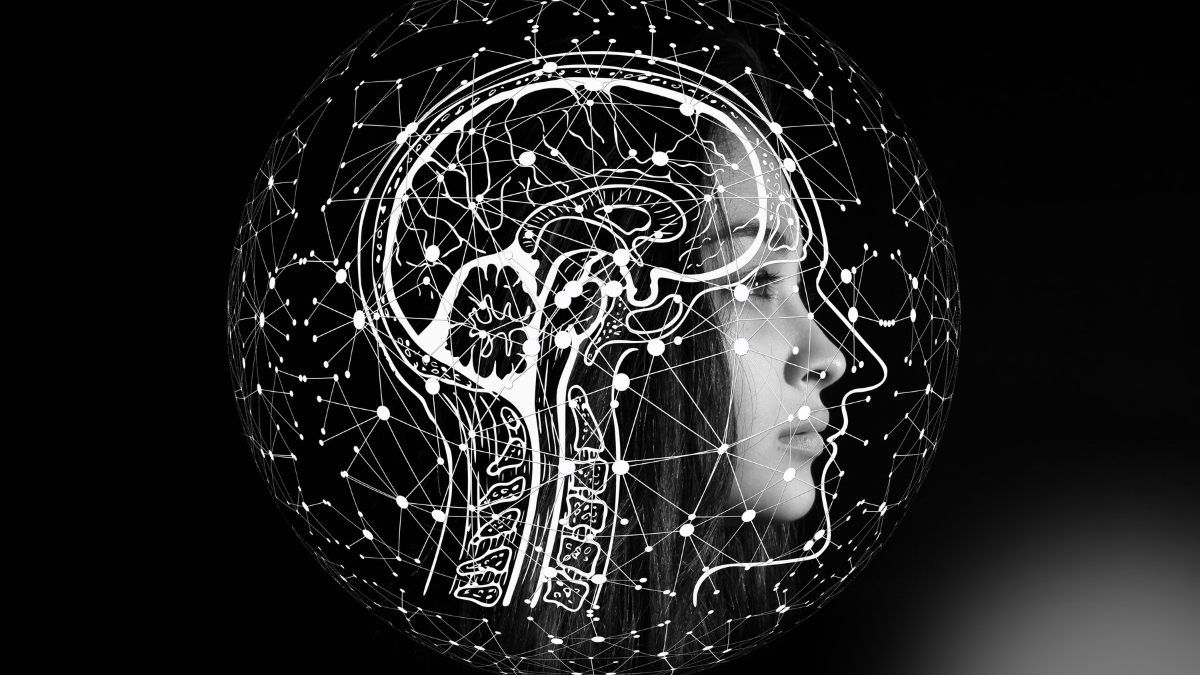Stanford Medicine researchers introduced a groundbreaking ai model that accurately discerned the gender of brain activity scans with over 90% success.
The findings, to be published Feb. 19 in the Proceedings of the National Academy of Sciences, help resolve a long-term controversy about whether reliable sex differences exist in the human brain and suggest that understanding these differences may be critical to addressing neuropsychiatric conditions that affect women and men differently.
Menon is the study’s senior author. The lead authors are senior research scientist Srikanth Ryali, PhD, and academic staff researcher Yuan Zhang, PhD.
“Hotspots” that most helped the model distinguish male brains from female ones include the default mode network, a brain system that helps us process self-referential information, and the striatum and limbic network, which are involved in learning and how we respond to rewards.
The researchers observed that this study does not address the origins of sex-related variances, whether they stem from early life development, hormonal disparities, or the distinct societal environments that men and women are more prone to experience.
Exploring the nuances of the brain

The impact of an individual’s sex on the organization and function of their brain has been a topic of debate in the scientific community. While it is understood that the sex chromosomes we inherit play a role in determining the hormonal environment our brains experience – particularly during early development, puberty, and aging – researchers have faced challenges in establishing definitive links between sex and discernible variances in the human brain. Brain structures generally exhibit similarities between men and women, and previous studies investigating the coordination of brain regions have struggled to consistently identify sex-related brain characteristics.
In their latest research, Menon and his team utilized cutting-edge artificial intelligence and accessed multiple extensive datasets to conduct a more robust analysis. Initially, they developed a sophisticated deep neural network model capable of categorizing brain imaging data. By presenting brain scans to the model and indicating whether it was a male or female brain, the model began recognizing subtle patterns that aided in distinguishing between the two.
This model exhibited exceptional performance compared to previous studies, largely due to its utilization of a deep neural network for analyzing dynamic MRI scans. This method effectively captures the nuanced interactions among various brain regions. Upon testing the model with approximately 1,500 brain scans, it consistently discerned whether the scan belonged to a male or female.
The model’s triumph implies the presence of distinguishable sex differences in the brain that were previously overlooked. Its consistent performance across various datasets, encompassing brain scans from multiple sites in the U.S. and Europe, lends strong credibility to the findings by effectively managing numerous confounding factors typical in such studies.
“This is a very strong piece of evidence that sex is a robust determinant of human brain organization,” Menon said.
Get ready to predict!

Until recently, Menon’s team used a model that categorized brains into groups without revealing the reasoning behind the sorting process. Today, researchers can tap into “explainable AI,” a tool that delves into extensive data to elucidate how models arrive at decisions.
Utilizing explainable AI, Menon and his team pinpointed the crucial brain networks influencing the model’s decision to distinguish between male and female brain scans. Their discovery revealed the model’s frequent reliance on the default mode network, striatum, and limbic network for this determination.
The team pondered the prospect of crafting a new model to forecast participants’ performance on specific cognitive tasks, leveraging distinct functional brain features in women and men. They devised sex-specific cognitive ability models: one accurately anticipated cognitive outcomes in men, while another did so for women. These results underscore the behavioral impact of differing functional brain traits between genders.

“These models performed excellently by effectively distinguishing brain patterns between genders,” stated Menon. “This indicates that neglecting sex-based differences in brain structure could result in overlooking crucial factors related to neuropsychiatric disorders.”
When the team utilized their sophisticated neural network model to explore sex differences, Menon noted its versatility in addressing inquiries about various brain connectivity aspects linked to cognitive abilities or behaviors. They aim to release their model for researchers to access openly.
“Our AI models offer extensive versatility,” stated Menon. “Researchers could utilize our models to investigate brain variances associated with learning disabilities or social interaction disparities, for instance -; areas we are eager to delve deeper into to support individuals in coping with and overcoming these obstacles.”
This research received funding from the National Institutes of Health through grants MH084164, EB022907, MH121069, K25HD074652, and AG072114, as well as from the Transdisciplinary Initiative, the Uytengsu-Hamilton 22q11 Programs, the Stanford Maternal and Child Health Research Institute, and the NARSAD Young Investigator Award.
Also read: Openai Sora Creates Videos







Leave feedback about this